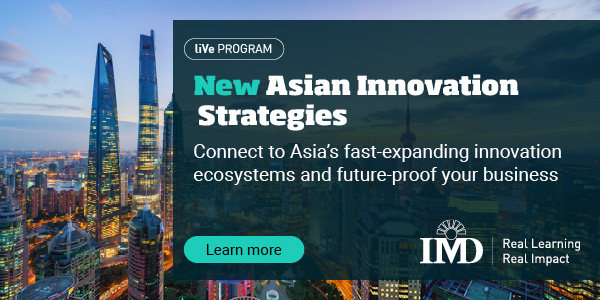China’s hi-tech manufacturing hub is the poster child of the country’s success, but the future is less certain.
If China’s economy has a superstar, it is of course the city of Shenzhen on the border with Hong Kong.
Home to a few hundred thousand people at the start of China’s opening to the world in 1979, it’s now a megalopolis. Officially, it has a population of 13 million, but the real figure is perhaps more than 20 million once migrants from other parts of the country are counted.
Between them, these people have made the city China’s top hi-tech manufacturing base, its biggest single exporting location, responsible for a 10th of the country’s exports, and its leading center of innovation.
It’s a city built on private enterprise, Chinese and foreign. Domestic tech giants headquartered in the city include China’s top social media company, Tencent, the world’s biggest drone maker, DGI, and telecom equipment and phone makers Huawei and ZTE. But it’s also a base for more than 90,000 foreign-invested businesses, which between them have committed nearly $120bn of capital in the past four decades.
Three years ago, Shenzhen overtook Hong Kong to become the biggest single city economy in southern China. Nationally it only lags Shanghai and Beijing. When COVID-19 finally ebbs and China once again opens its doors to the world, visitors will find that it barely missed a beat. Last year, its GDP grew by more than 3% , well ahead of all China’s 2.3%.
The keys to Shenzhen’s success are strikingly clear: having Hong Kong as a neighbor when economic globalization took off and China was opening its doors to the world. From then until now, businesses from across the border have guided investment into the city and other nearby areas of south China, building and running the supply chains that took Chinese-made goods – initially made by foreign firms, now by both foreign and Chinese firms – to consumers around the globe.
Also important was a decision to set up a stock market in the city in 1990, at the same time as China opened its other exchange in Shanghai. It also has a hugely committed local government backed by Beijing and Guangzhou, the provincial capital, that took full advantage of the special powers granted it to build the transport, power and communications infrastructure that Shenzhen needed.
Those officials continue to push ahead with smart policies. Recent extensions of its authority allow it to write its own laws covering big data and artificial intelligence, and to relax visa rules for skilled foreign staff. Unlike Hong Kong, where housing policy has been a mess for 20 years, it’s executing a plan to build 1.7 million new homes by 2035. To build the workforce it will need, it’s thinking of offering 12 years of education to all children. In addition environmental sustainability has steadily climbed up its agenda – the city’s entire bus fleet has been electric-powered since 2018.
Yet the environment in which it thrived has shifted. And there’s the rub. Shenzhen’s rise has indeed been extraordinary. Yet it was also surprisingly uneventful. High growth continued from year to year, with not a single downturn in four decades.
The future, however, is unlikely to be so smooth. In particular, a trajectory that saw Shenzhen and its economy develop on the back of globalization, driven by the increased digitilization of everything, no longer looks certain.
Under Donald Trump, US sanctions stopped first ZTE and then Huawei in their tracks. Following Beijing’s imposition of a national security law last June, Hong Kong’s role as an international gateway is nowhere near as clear-cut as it was just two years ago.
The city is well-equipped to navigate the various challenges China is set to face – its population is far younger than the national average, far better educated and far more well off. But being number one in China will not be good enough if it cannot attract the world’s best business and scientific talent as well its leading companies.
And if Shenzhen were to be less plugged into the global economy, then its long-term goal of being China’s answer to Silicon Valley – a source of new technologies and ways of doing things that could be taken up worldwide – would look unreachable.
For China’s future, Shenzhen has to work. Yet for Shenzhen to work, it will have to be more integrated with global flows of ideas and people, not less. With China and the West, especially the US, but also Europe, viewing their relationship in terms of strategic competition rather than through the lens of mutual benefit – as had been the case since the mid-1990s onwards – making this happen has become a lot harder.





